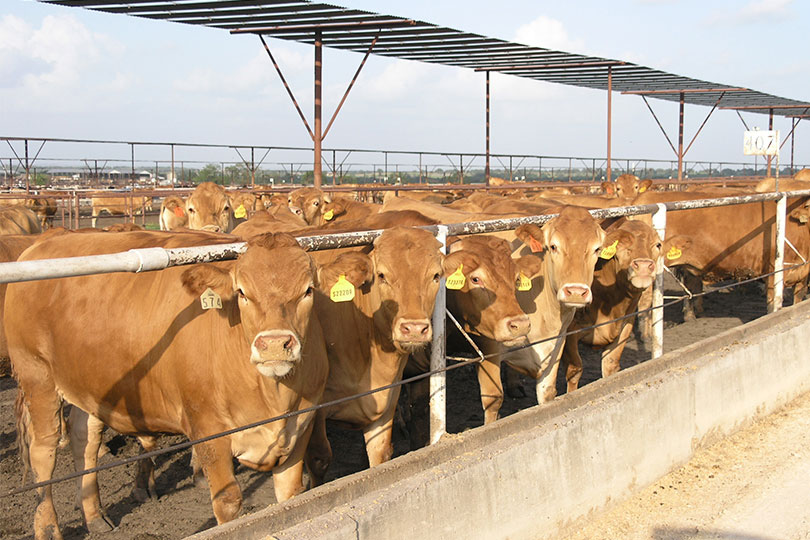The Cattle on Feed report provides monthly estimates of the number of cattle being fed for slaughter. For the report, USDA surveys feedlots of 1,000 head or more, as this represents 85 percent of all fed cattle.
Cattle feeders provide data on inventory, placements, marketings and other disappearance.
The report showed a total inventory of 11.485 million head for the United States on June 1. This increase of 1.8 percent is in line with expectations, as industry analysts’ predictions showed an average year-over-year increase in feedlot inventories of 1.8 percent.
While total inventories are an important component of the report, other key factors include placements, which are new animals being placed on feed, and marketings, which are animals being taken off feed and sold for slaughter.
June placements typically tend to drop following a higher batch of placements for May. This June, analysts predicted an average 2.1 percent decrease from the 2018 number, which was actually a large placement number for June relative to history.
This expectation was largely driven by lower Agricultural Marketing Services-reported feeder cattle sales, which may be a result of historically good pasture and range conditions combined with higher feeding costs, which incentivizes keeping the animals on pasture longer and placing at higher weights. But there was some uncertainty in analysts’ expectations for the placement number, resulting in a very large range of a 6.8 percent decrease to a 5.7 percent increase.
Placements in June totaled 1.756 million head, which is 2.3 percent below 2018 levels, in line with the average of industry forecasts.
We did see heavier placement weights versus a year ago, which is in line with better pasture conditions.
Marketings in May were 1.945 million head, down exactly 3 percent from a year ago and in line with the average analyst expectation of a decrease of 3 percent.
*Information obtained through Market Intel by American Farm Bureau Federation

